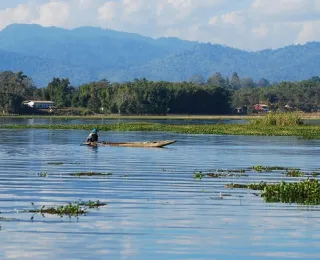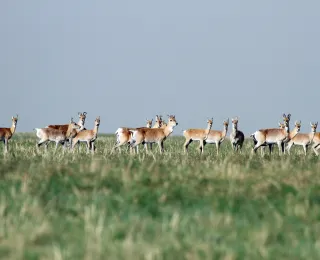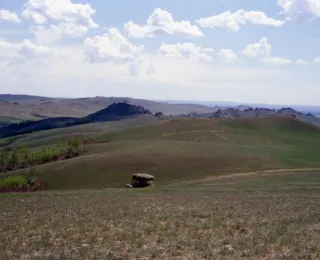Asia
Cooperation with China
BfN has long cooperated with China on issues surrounding nature conservation, biodiversity and ecosystem services. The Chinese Research Academy of Environmental Sciences (CRAES) is the main cooperation partner. Sino-German workshops on selected biodiversity and nature conservation issues have been held at regular intervals since 2008 and form a central component of Sino-German cooperation between BfN and CRAES. BfN also cooperates with other Chinese institutions as well as German and European partners.
Projects with other partner countries in Asia
BfN supports other partner countries in Asia, mainly in connection with nominating UNESCO Biosphere Reserves and World Heritage sites. As part of the BMUKN Advisory Assistance Programme, BfN also focuses on nature conservation projects in Central Asia.
As part of international cooperation between biosphere reserves in Germany and those in the World Network of Biosphere Reserves, a cooperation has evolved between biosphere reserves in the German state of Brandenburg and the Lake Indawgyi biosphere reserve in Myanmar. Lake Indawgyi is the only fresh water lake in Myanmar and is of international importance for biodiversity conservation and in protecting the livelihoods of tens of thousands of people. The project focuses on providing support for the Lake Indawgyi biosphere reserve in the areas of capacity building, lake monitoring, river connectivity and dealing with the impacts of illegal gold mining.

Nomination of the Eastern Mongolian Steppes as a UNESCO World Heritage Site
The project for the nomination of the ecologically valuable Eastern Mongolian Steppes as a UNESCO World Heritage Site has been successfully completed, and the prepared nomination dossier has been submitted to the UNESCO World Heritage Committee for review. As part of the project, an integrative management structure was developed and implemented to ensure the sustainable management of the area and to make a significant contribution to the long-term protection of this unique steppe ecosystem.

The Landscapes of Dauria – Nomination as a UNESCO Natural World Heritage Site (Russia, Mongolia)
A feasibility study assessed the suitability of the Landscapes of Dauria (Russian Federation/Mongolia) for nomination as a Natural World Heritage Site. On the basis of the results, local stakeholders were supported in developing a nomination dossier. The shared World Heritage Site was designated by the UNESCO World Heritage Committee as the Landscapes of Dauria in 2017 and comprises both steppes and important wetlands. The designation recognises long-standing transboundary cooperation and provides an important protected area for migrating birds and Mongolian antelopes along their respective migratory routes.
